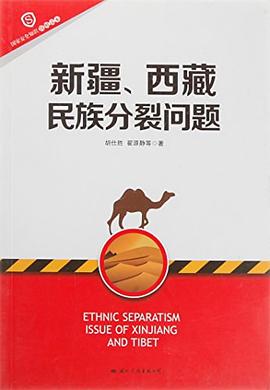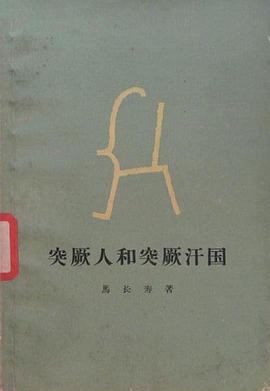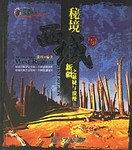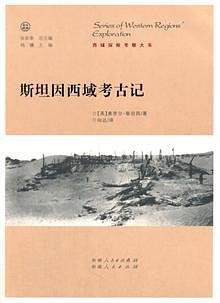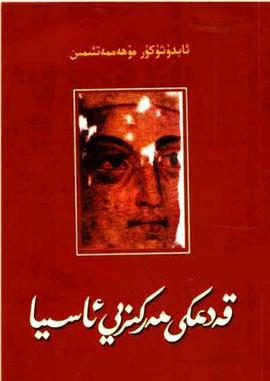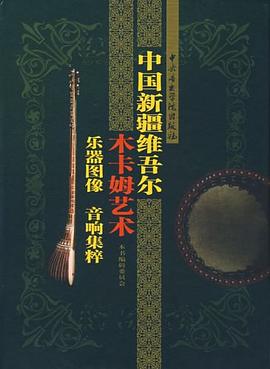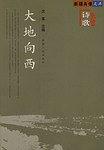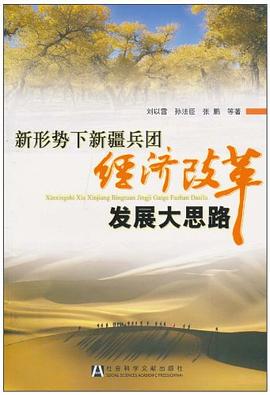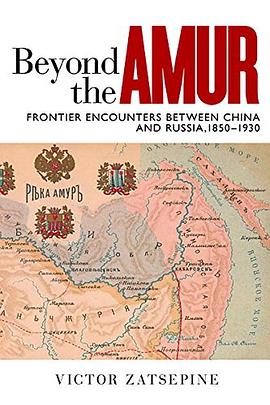

具体描述
Beyond the Amur describes the distinctive frontier society that emerged in the Amur, a river region that shifted between Qing China and imperial Russia as the two empires competed for resources. Official histories depict the Amur as a distant battleground caught between rival empires. Zatsepine, by contrast, views it as a unified natural economy populated by Chinese, Russian, Indigenous, Japanese, Korean, Manchu, and Mongol people who crossed the border in search of work or trade and who came together to survive a harsh physical environment. This colourful account of a region and its people highlights the often overlooked influence of frontier developments on state politics and imperial policies and histories.
作者简介
VICTOR ZATSEPINE is assistant professor of modern Chinese history at the University of Connecticut.
目录信息
Introduction
1. A River Runs through It
2. They Came from Everywhere
3. Fur, Gold, and Local Trade
4. Imperial Russian Expansionism
5. Chinese Migrants in Frontier Towns
6. A Railway Runs through It
7. Conflict and War
8. Fading Frontiers
Conclusion
Appendix A: Chronology
Appendix B: Chinese Terms
Notes
Bibliography
Index
· · · · · · (收起)
读后感
评分
评分
评分
评分
用户评价
有个书评批得好狠啊~但我觉得还行,大致的意思还是从open and porous frontier到full-fledged borderland,缺乏新材料
评分有个书评批得好狠啊~但我觉得还行,大致的意思还是从open and porous frontier到full-fledged borderland,缺乏新材料
评分有个书评批得好狠啊~但我觉得还行,大致的意思还是从open and porous frontier到full-fledged borderland,缺乏新材料
评分有个书评批得好狠啊~但我觉得还行,大致的意思还是从open and porous frontier到full-fledged borderland,缺乏新材料
评分有个书评批得好狠啊~但我觉得还行,大致的意思还是从open and porous frontier到full-fledged borderland,缺乏新材料
相关图书
本站所有内容均为互联网搜索引擎提供的公开搜索信息,本站不存储任何数据与内容,任何内容与数据均与本站无关,如有需要请联系相关搜索引擎包括但不限于百度,google,bing,sogou 等
© 2025 book.quotespace.org All Rights Reserved. 小美书屋 版权所有

